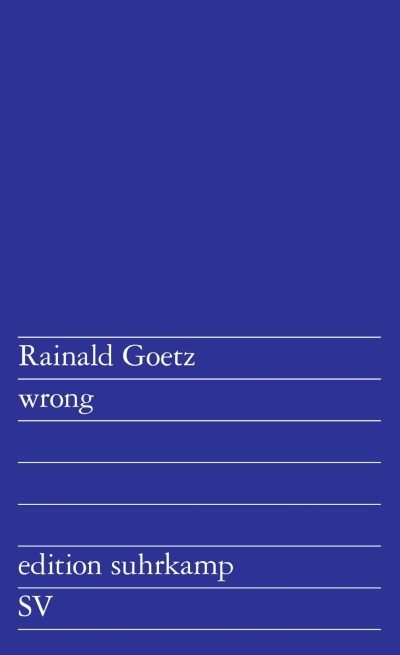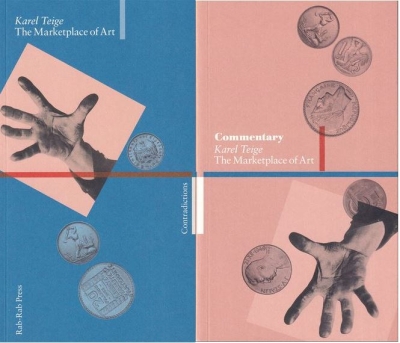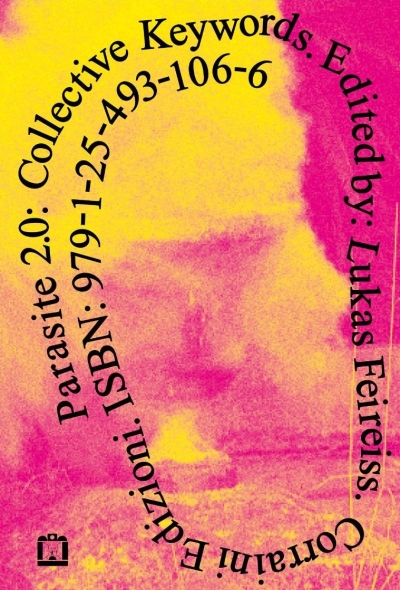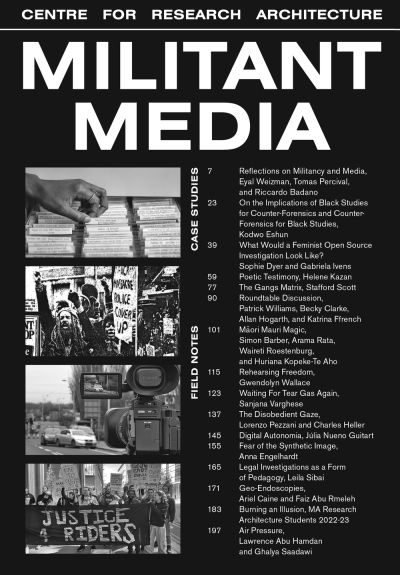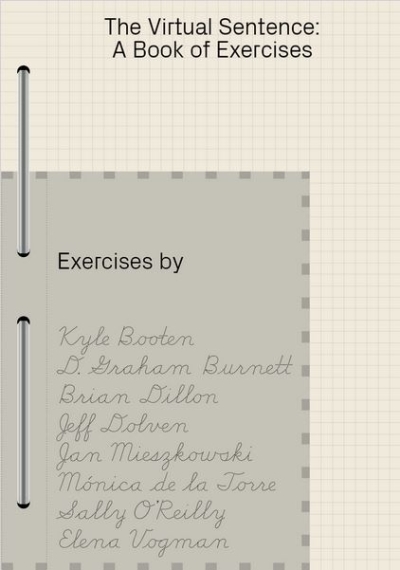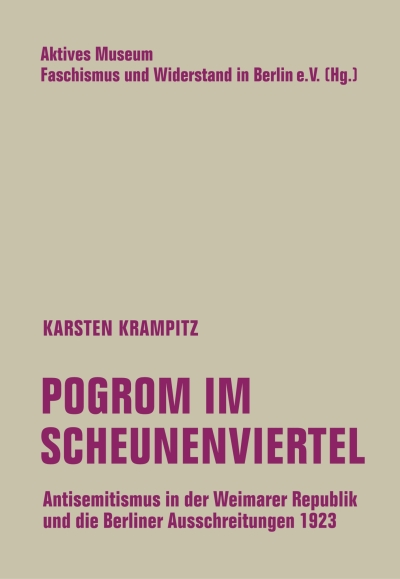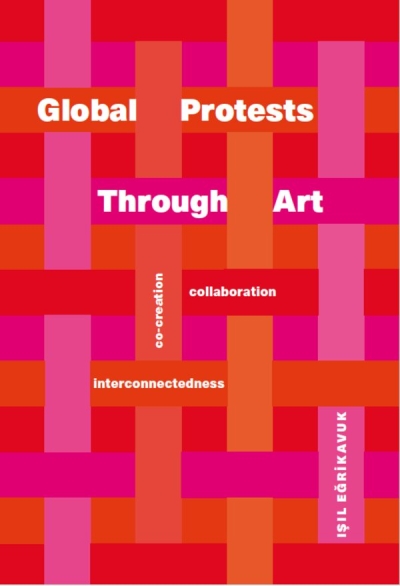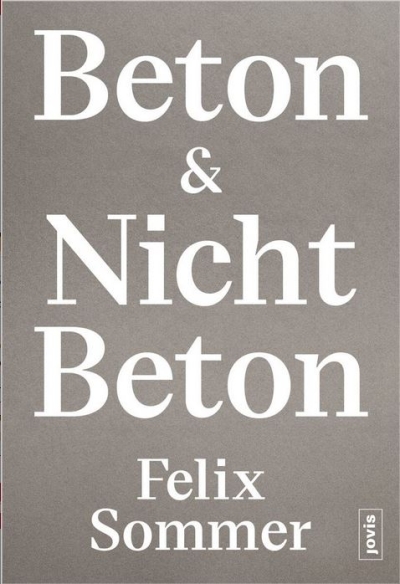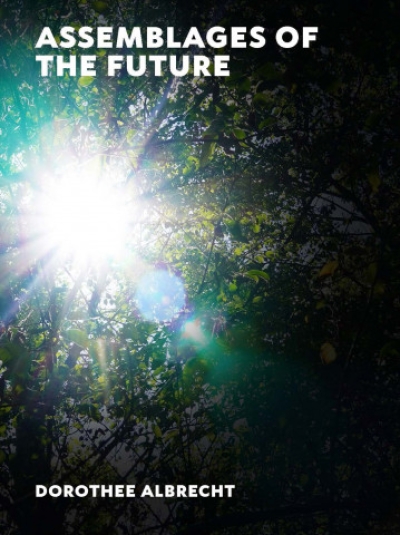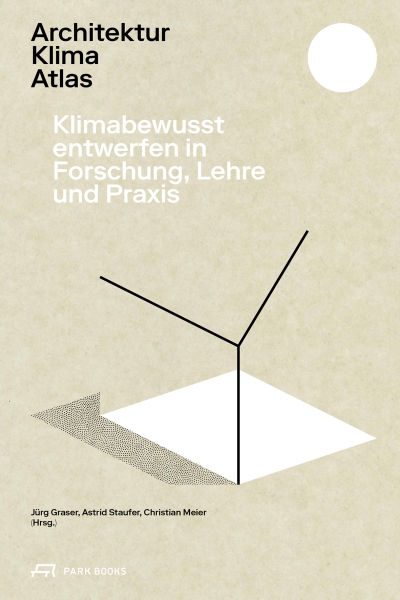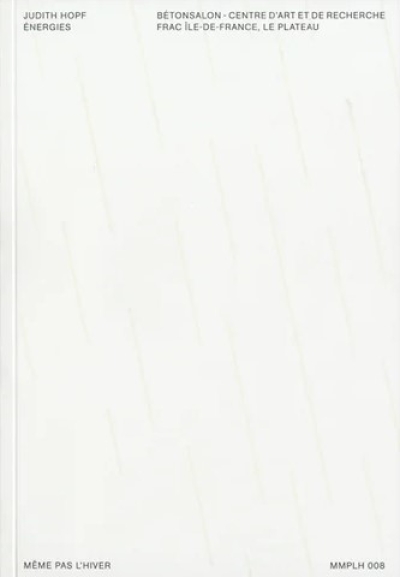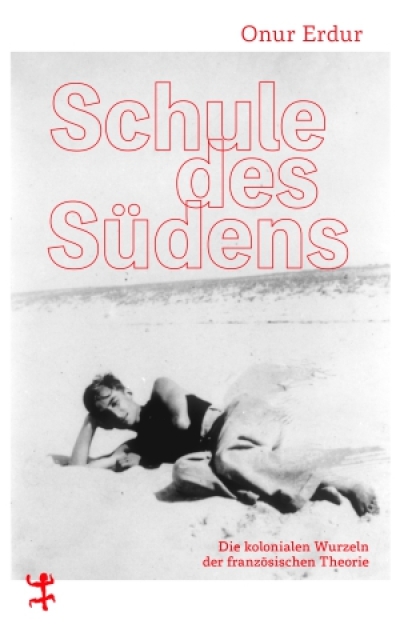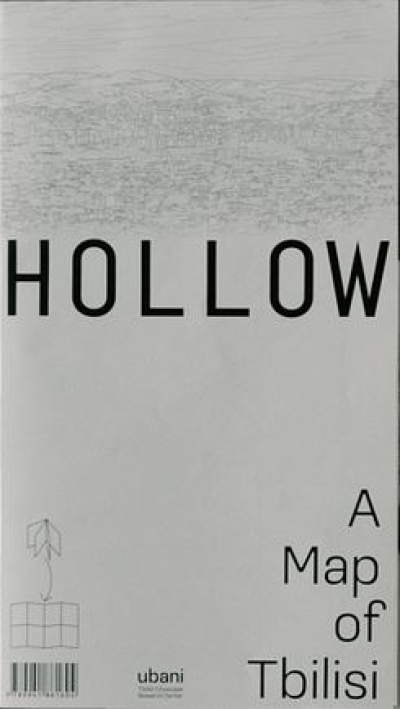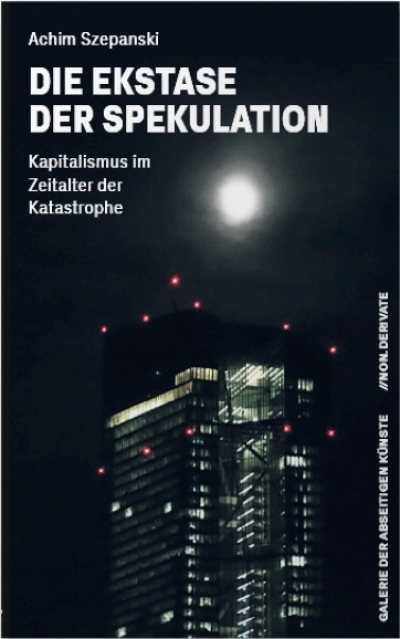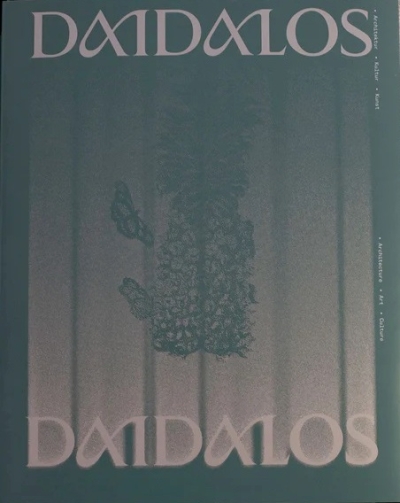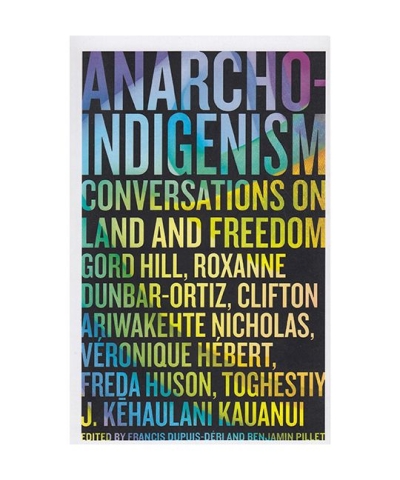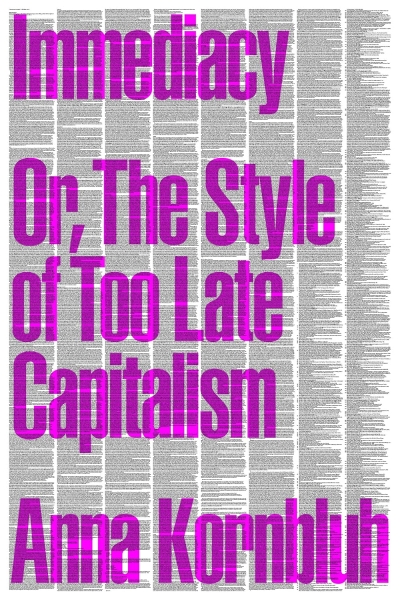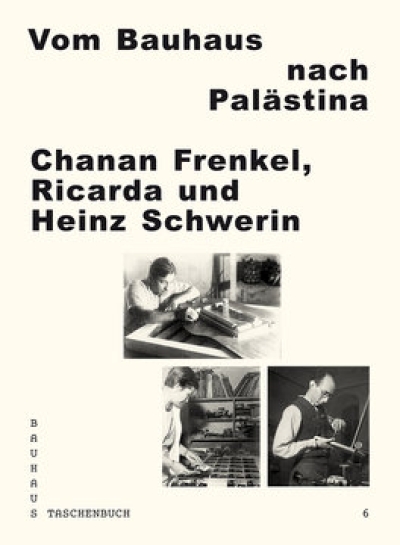
Vom Bauhaus nach Palästina
Bauhaus Taschenbuch 6
In den 1930er Jahren wandern etwa 25 Bauhausschüler und Absolventen nach Palästina aus. Die Mehrheit von ihnen kommt als Emigranten ins britische Mandatsgebiet, andere haben schon vor ihrem Studium am Bauhaus als zionistische Pioniere hier gelebt. Das Taschenbuch zeichnet die Biografien der drei Bauhäusler Chanan Frenkel, Ricarda und Heinz Schwerin nach, die sich im jüdischen Staat eine neue Existenz aufbauen. Sie prägen Architektur und Fotografie und leben zwischen zionistischer Begeisterung und erzwungenem Exil.
In the Thirties, around 25 former Bauhaus students and graduates emigrate to Palestine. The majority of them, among them seven women, arrive in the British Mandate of Palestine as immigrants; others have already lived here as Zionist pioneers prior to their studies at the Bauhaus. One of these is Halle-born Chanan Frenkel, who returns in 1933 with a Bauhaus Diploma in his pocket. Two years later, Heinz Schwerin and Ricarda Meltzer also emigrate there. The couple marry in Pécs while fleeing via Prague and Budapest. He was born in Kattowitz, she in Göttingen. Neither is a Zionist; moreover, Ricarda Schwerin is not Jewish. They are however united by a desire for a better life, free of persistent threats.
Once, they had come to the Bauhaus in Dessau because it had made a name for itself worldwide as an outstanding school of modern design. But after the politically motivated dismissal of Hannes Meyer as the second Bauhaus director, the school is consumed by an existential crisis that also has an effect on the everyday lives of the students. Only Chanan Frenkel is awarded his diploma in 1932 by Meyer’s successor, Ludwig Mies van der Rohe, while the communist Heinz Schwerin and Ricarda Meltzer are expelled from the school in spring 1932 due to their political activities.
In Palestine they attempt, under trying circumstances, to build up new life and work environment. Chanan Frenkel, architect and Zionist, takes an active role in the development of his country; Ricarda and Heinz Schwerin take a different path and establish a workshop for wooden toys and arts and crafts in Jerusalem. Following Heinz Schwerin’s death at the time of Israel’s War of Independence, from the mid-Fifties Ricarda Schwerin finds success in her profession as a photographer. Her portraits of Israeli politicians and intellectuals, or her documentation of the new architecture, will have a determining influence on the iconography of the new State of Israel.
